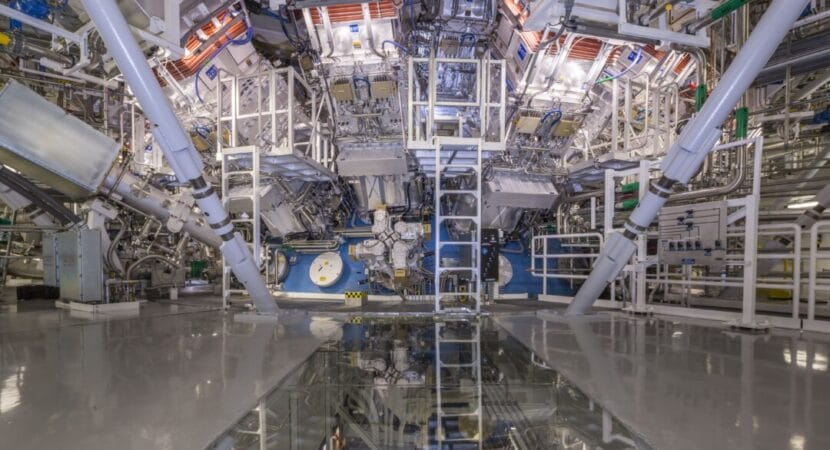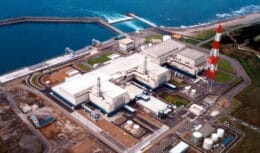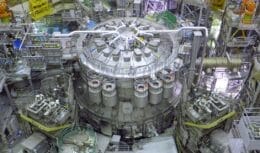
After record net energy gains, the objective is to replicate the nuclear fusion process using lasers at the NIF and reduce harmful emissions.
The search for nuclear fusion energy It's been a challenge for scientists, but recent advances bring hope that this revolutionary technology could soon be a reality. In California, researchers are using nearly 200 lasers to achieve Nuclear fusion, a process that could provide a clean, unlimited source of energy for the world.
The National Ignition Facility at Lawrence Livermore National Laboratory in California (LLNL) has demonstrated significant advances in the field of Nuclear fusion. Successfully replicating the ignition three times this year, scientists have come closer to achieving the dream of a clean energy source that can help resolve the global climate crisis, largely caused by the burning of fossil fuels. This progress brings renewed hope for a future with nuclear fusion energy.
Challenges of nuclear fusion energy
For decades, scientists have been dedicated to exploring nuclear fusion energy, which essentially seeks to recreate the power of the sun on Earth. After achieving a historic net energy gain last year, the next crucial step was to demonstrate the replicability of the process. Brian Appelbe, a researcher at the Center for Inertial Fusion Studies at Imperial College London, emphasized that the replication capacity proves the 'robustness' of the process, showing its viability even under varying conditions, such as the intensity of the laser or the quality of fuel capsule. Furthermore, each experiment offers the opportunity to study in detail the physics of ignition, providing valuable information to face the challenge of maximizing the energy that can be obtained.
Unlike nuclear fission – used in nuclear power plants current, which is generated by the division of atoms – nuclear fusion does not leave long-lasting radioactive residues. With the intensification of the climate crisis and the urgency of abandoning fossil fuels, the prospect of a clean and safe energy source is increasingly attractive. Nuclear fusion, which powers the sun and other stars, involves the collision of two or more atoms to form a denser one, releasing enormous amounts of energy. There are different ways to create energy from fusion, but in Company Tax Code, scientists use an array of nearly 200 lasers to heat a hydrogen fuel pellet inside a diamond capsule, all inside a gold cylinder. Lasers create a series of very fast explosions, generating large amounts of energy in the form of heat.
Although the energy produced in December 2022 was small – it took about 2 megajoules to power the reaction, which released a total of 3,15 megajoules – it was enough to make the ignition successful and prove that laser fusion could create energy. Since then, scientists have repeated the feat several times and moved towards greater energy production. At the COP28 climate summit in Dubai, US climate envoy John Kerry launched an international engagement plan involving more than 30 countries aimed at boosting nuclear fusion to help tackle the climate crisis.
In December, the US Department of Energy announced a $42 million investment in a program bringing together multiple institutions, including LLNL, to establish ‘hubs‘ focused on advancing the fusion. ‘Harnessing fusion energy is one of the greatest scientific and technological challenges of the XNUMXst century,’ said US Secretary of Energy Jennifer Granholm in a statement. ‘We now have confidence that it is not only possible, but likely, that fusion energy will become a reality.’
These advances have the potential to revolutionize the global energy mix by providing an abundant, clean source of energy without the harmful emissions associated with fossil fuels. The quest for nuclear fusion energy remains a challenge, but recent progress demonstrates that we are getting closer to achieving this ambitious and promising goal.
Source: CNN Brazil












